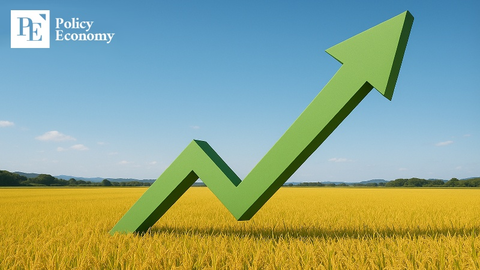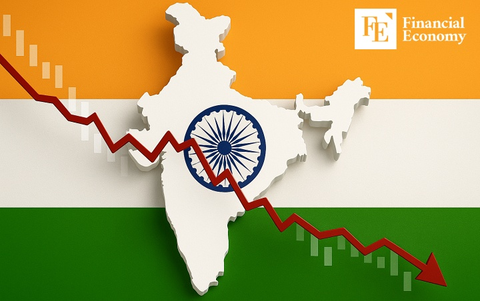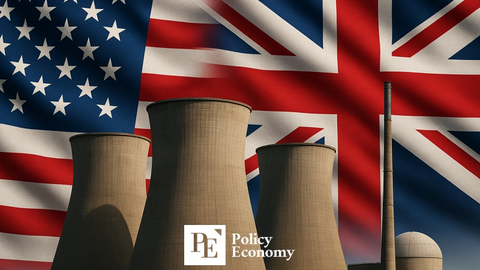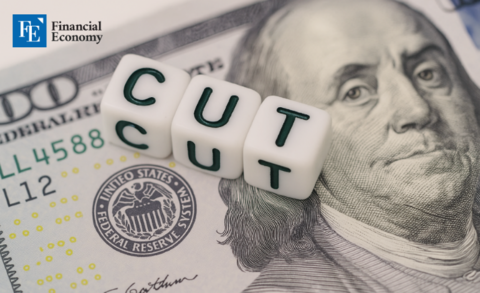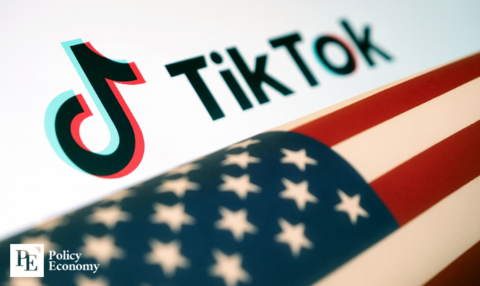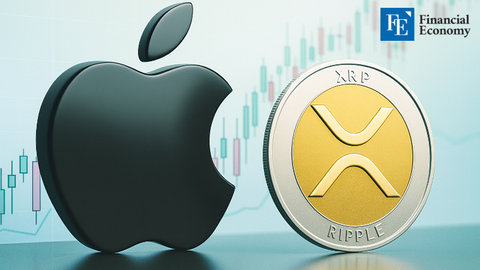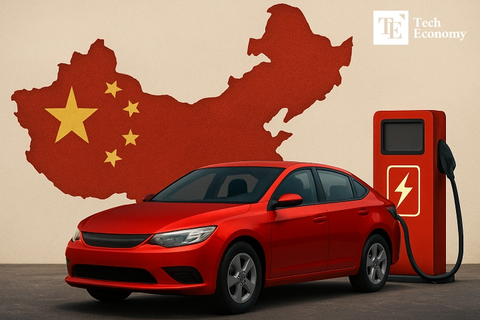China Strikes Back Against U.S. Tariff Barriers—But Struggles to Rally Allies
Input
Modified
Triple-Digit Tariffs: U.S.-China Trade Tensions Escalate Beijing Courts ‘Trump-Friendly’ U.K. for Cooperation Prospects for Korea-China-Japan Trade Collaboration All But Collapse
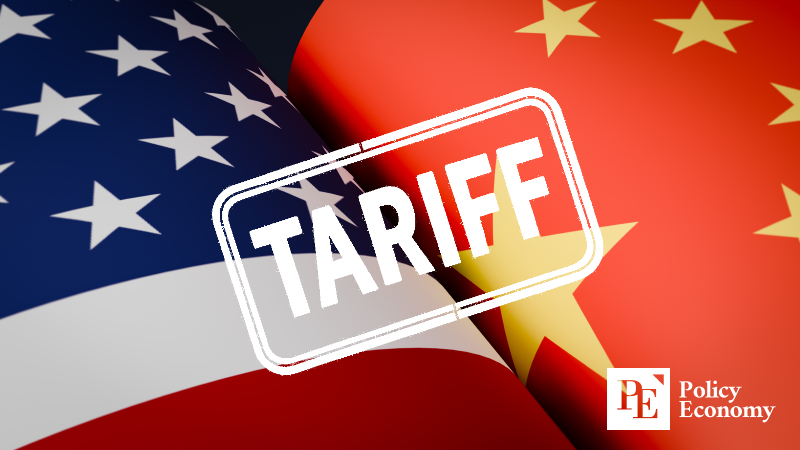
The U.S.-China trade war, ignited and fueled by President Donald Trump, is escalating by the day. As the U.S. pursues increasingly extreme tariff measures, China has responded in kind—pushing bilateral tariff rates into the triple digits. Beijing has declared its intent to take a hardline stance against Washington’s trade pressure, while also actively seeking new alliances with countries like the United Kingdom. The moves signal China’s intent to build its own trade defenses and counterbalance mounting U.S. protectionism
China Responds Forcefully to U.S. Tariff Measures
On April 14, international media including Reuters reported that the trade tensions between the U.S. and China—centered on tariffs—remain unresolved, as Beijing refuses to back down and has opted for a head-on confrontation. According to Jacob Gunter, lead economic analyst at German think tank MERICS, in an interview with CNN, “President Xi Jinping believes China is in a long-term struggle with the U.S. and its allies and has prepared accordingly. He has accepted the challenge, and China is ready to fight.”
Indeed, China has escalated its resolve for a protracted fight, raising global market anxiety. In a meeting with Spanish Prime Minister Pedro Sánchez in Beijing on April 11, Xi Jinping declared, “For over 70 years, China has advanced through self-reliance and struggle. We’ve never depended on the generosity of others and are unafraid of unjust suppression.”
On the same day, China’s State Council Tariff Commission announced an increase in retaliatory tariffs on U.S. goods from 84% to 125%. The Commission stated that if the U.S. continues to impose tariffs on Chinese goods, China will not negotiate but simply ignore them—implying that with current three-digit tariffs already making trade impractical, further increases are largely symbolic.
Is a Beijing–London Alliance on the Horizon?
As part of its counter-strategy, China is actively seeking to build alliances. On April 11, Chinese Vice Minister of Commerce Ling Ji met with UK Trade Secretary Douglas Alexander in Beijing, declaring, “Multilateralism is the only solution to the challenges posed by unilateralism and protectionism.” Ling added that China’s actions are necessary to defend national interests and that Beijing is ready to collaborate with the UK to strengthen the multilateral trade system and bring more certainty to the global economy.
According to China’s Ministry of Commerce, the two officials exchanged views on Trump’s tariff policies and agreed to expand cooperation in trade, investment, and supply chains. The Chinese Ministry of Foreign Affairs stated that Secretary Alexander expressed willingness to work with China on free trade and market openness.
Still, analysts doubt whether this dialogue will translate into meaningful collaboration. The UK has historically maintained a close trade and defense alignment with the U.S. In February, Prime Minister Keir Starmer visited Washington to discuss a potential economic deal with Trump that would grant the UK tariff exemptions. Trump praised Starmer as a “strong negotiator,” suggesting that the U.S. and UK could sign a true free trade agreement that eliminates tariffs altogether.
As of this month, Britain has been included in a favorable 10% reciprocal tariff regime, shared with Brazil, Singapore, and Australia—significantly lower than the EU (20%), Japan (24%), and South Korea (25%). Following this development, Starmer stated that the UK would take a calm and practical approach, prioritizing diplomacy over retaliatory tariffs. As a result, London lacks the political incentive to side with China in a full-scale trade conflict.
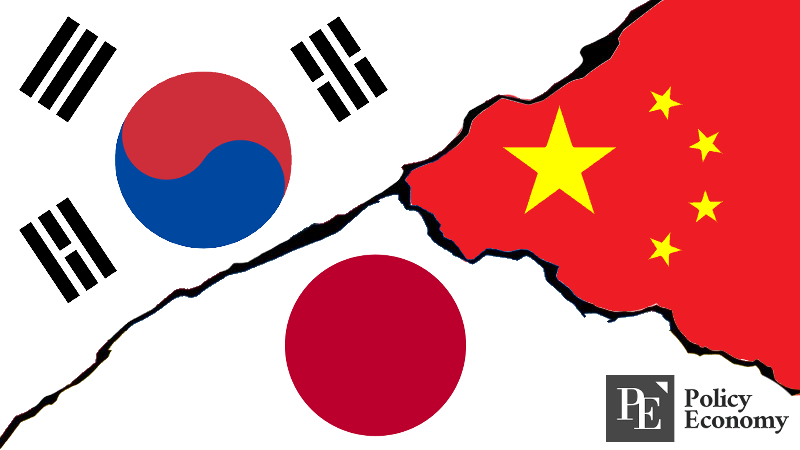
Fading Prospects for East Asia Trilateral Cooperation
The previously discussed "East Asia Trilateral Alliance" between South Korea, China, and Japan now appears unlikely. On March 30, Seoul hosted the 13th Trilateral Economic and Trade Ministers' Meeting, where ministers from the three nations discussed pushing forward a trilateral free trade agreement (FTA) and posed for a symbolic group photo. This raised concerns in Washington that Seoul and Tokyo might pivot toward a united front with Beijing in response to U.S. tariff pressure.
However, both South Korea and Japan have since entered into bilateral tariff negotiations with the U.S., dispelling those concerns. On April 7, U.S. Treasury Secretary Scott Besant announced via social media that Trump had directed the launch of trade talks with Japan. That same day, Trump and Japanese Prime Minister Shigeru Ishiba held a 25-minute phone call and agreed to begin negotiations. Ishiba emphasized that “unilateral tariffs are limiting Japan’s investment capacity,” and urged for “mutual cooperation that includes investment expansion rather than conflict.”
On April 8, Trump also held a phone call with Acting South Korean Prime Minister Han Duck-soo, during which the two sides discussed tariffs and agreed to maintain constructive dialogue on economic cooperation and trade balance.
In a subsequent social media post, Trump wrote that he and Han discussed:
- South Korea’s massive and unsustainable trade surplus with the U.S.
- Tariffs, shipbuilding, and large-scale LNG purchases
- A potential joint pipeline project in Alaska
- The costs of U.S. military protection provided to South Korea

